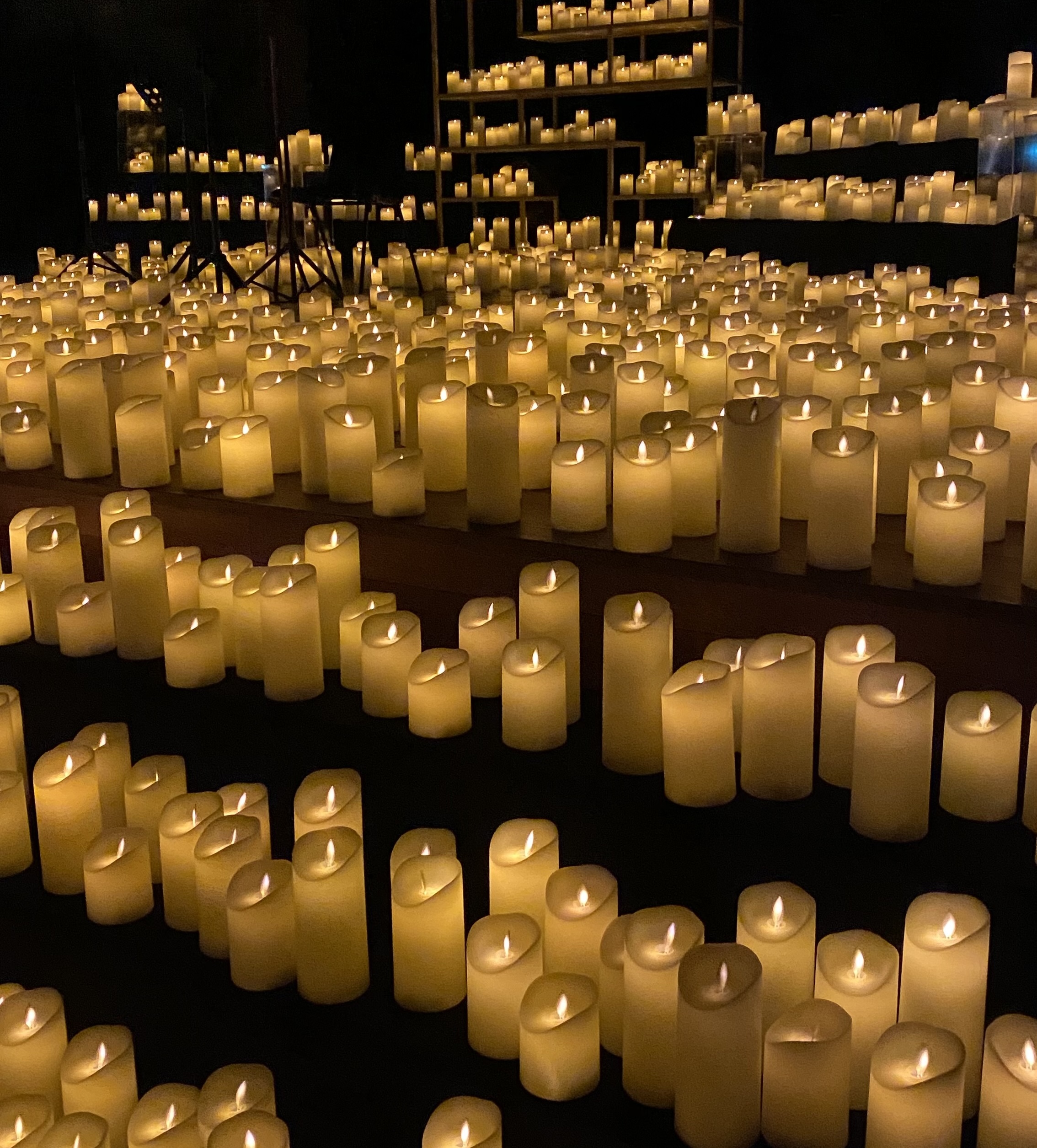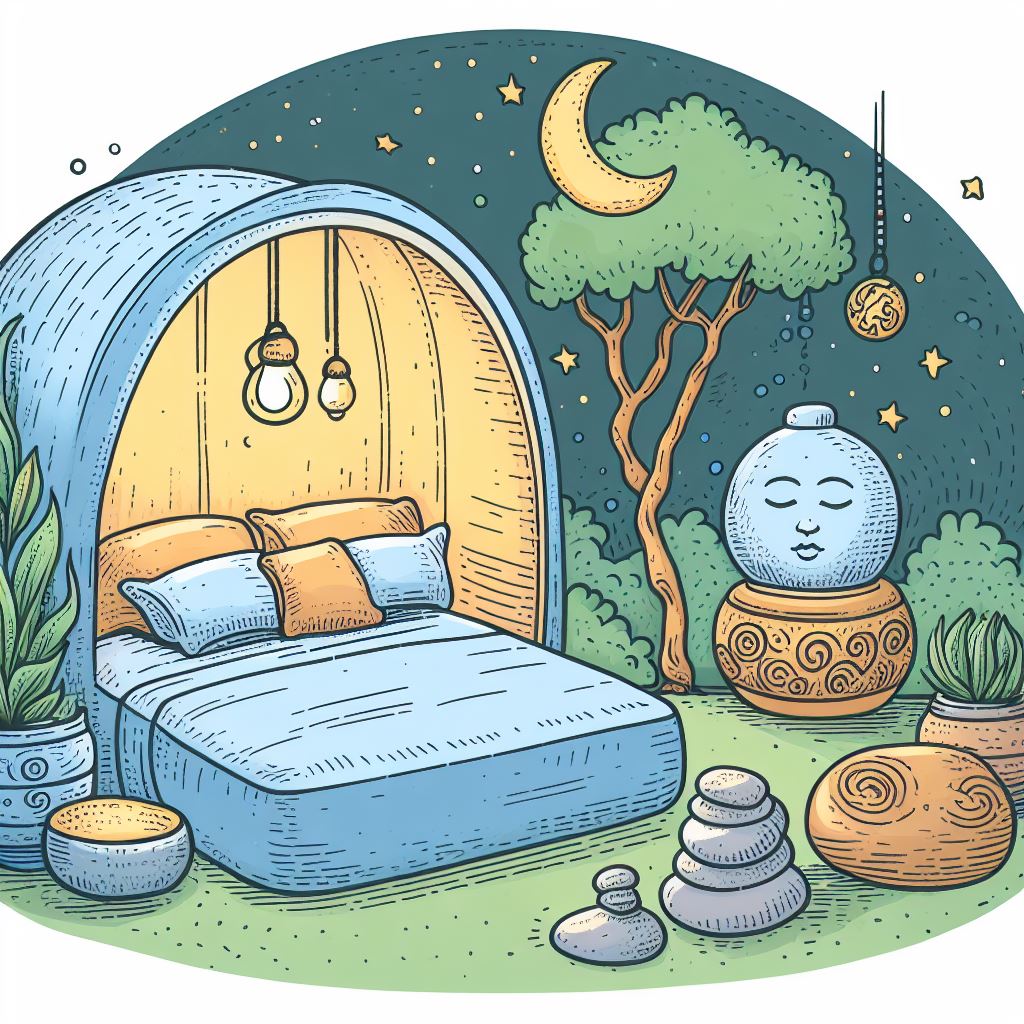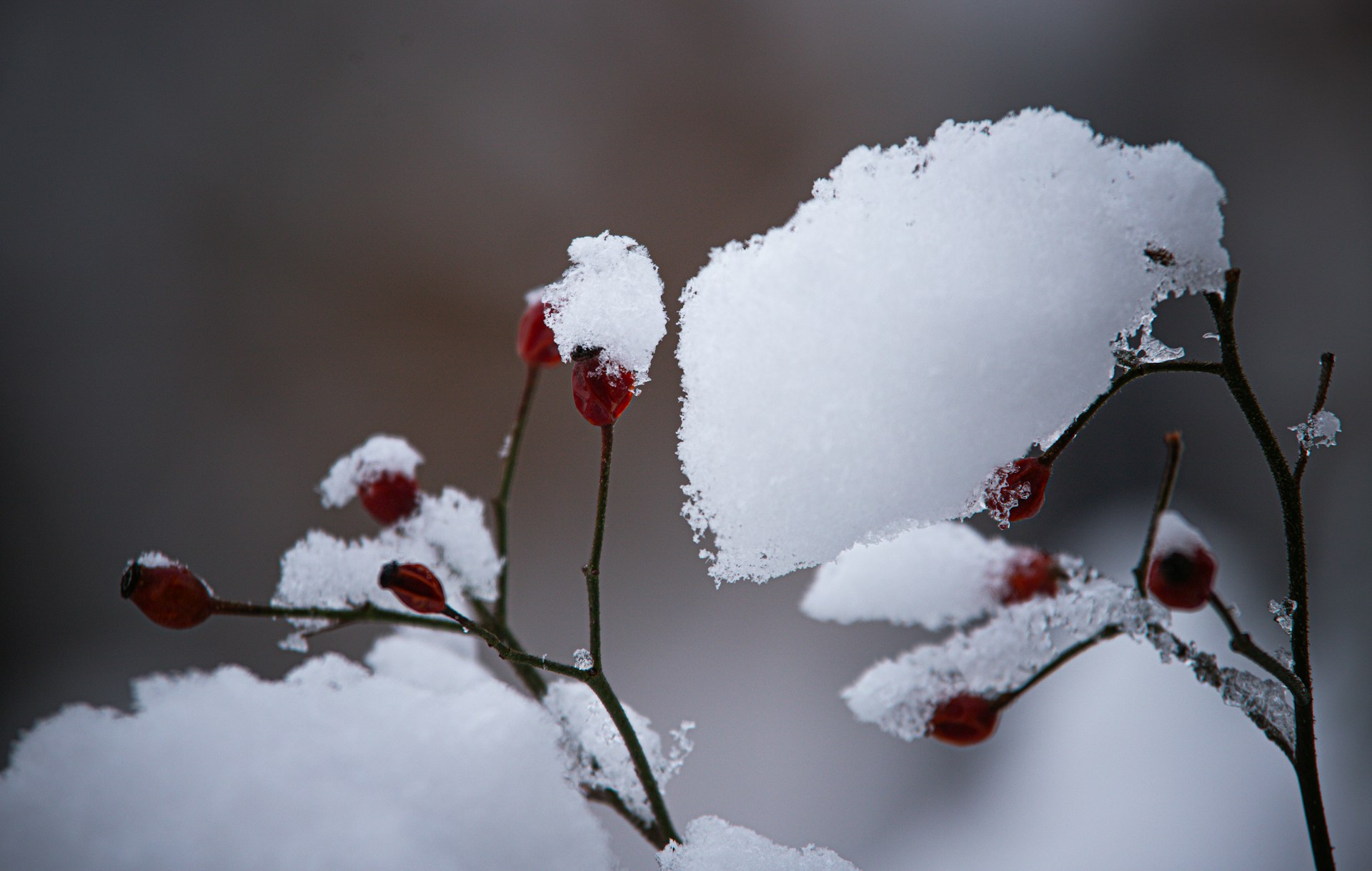
Simple Incense Recipes for Psychic Clarity
Unlock the secrets of enhancing your psychic abilities with homemade incense blends.

Unlock the secrets of enhancing your psychic abilities with homemade incense blends.


Step into the vibrancy of spring with these ten nurturing affirmations that promise to renew your spirit, enhance your creativity, and expand your horizons.

Unlock the secret to turning dreams into reality by embracing nine key habits that align perfectly with the Law of Attraction.

Explore how to integrate personalized spiritual practices into your daily life to enhance emotional stability, achieve inner peace, and foster continuous personal growth.


Explore the profound relationship between your inner essence and life energy to unlock a harmonious and authentic path to wellbeing.

Uuncover what your nighttime reflections are trying to tell you about your inner self.

Discover how the mysterious world of sleep intertwines with our spiritual journey, offering profound insights and a deeper understanding of ourselves.

Energize your winter days with these ten affirmations designed to bring strength, light, and coziness into your life during the coldest months.